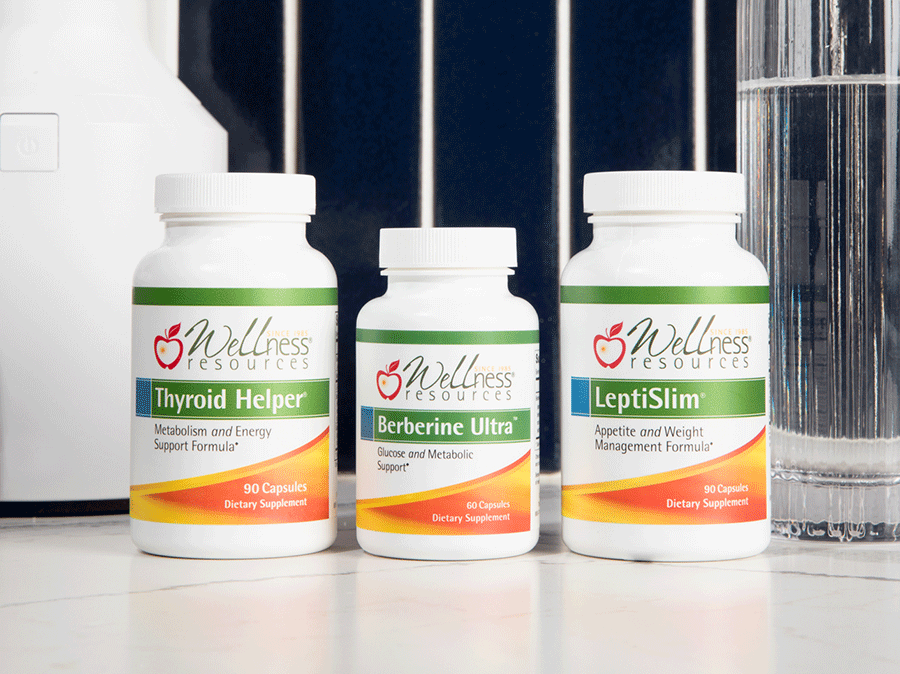HEALTH NEWS
Study Title:
In vitro cariogenic potential of Candida albicans.
Study Abstract
The adherence and dissociation of Candida albicans, C. tropicalis, Streptococcus mutans and S. sanguis to six substrates including hydroxylapatite (HAP) which exhibit various hydrophobicity, was examined by the use of a bioluminescent adenosine triphosphate (ATP) assay. Dissolution of HAP by C. albicans or S. mutans was determined spectrophotometrically by the use of o-cresolphthalein complexone. In the adherence of C. tropicalis, S. mutans and S. sanguis, the amount of adherent cells correlated with the hydrophobicity of the substrates. In contrast, the adherence of C. albicans to HAP was extraordinary high, although the adherence of the fungi also correlated with the hydrophobicity of the substrates, except for HAP. The yeasts attached to HAP was effectively removed by high concentration of either phosphate or calcium ions. The amount of calcium-release from HAP caused by C. albicans and S. mutans was 113 microg ml(-1) (final pH = 3.45), and 5.4 microg ml(-1) (final pH 4.81), respectively and the maximum growth of C. albicans and S. mutans was 10(7) cfu ml(-1) and 7.4 x 10(12) cfu ml(-1), respectively. The results, taken together, suggest that C. albicans adhere to HAP specifically through electrostatic interaction, and that, in a much smaller number (1.0/7.4 x 10(5)), C. albicans possesses the ability to dissolve HAP to a greater extent (approximately 20-fold) when compared with S. mutans.

